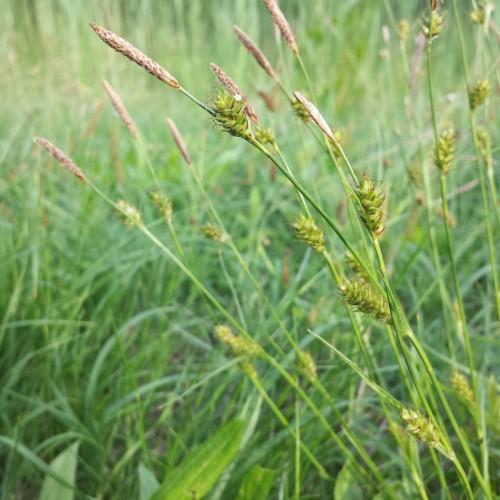
Distant Sedge
Carex distans
Watering:
Average
Hardiness Zone:
Sun:
part shade,part sun/part shade
Leaf:
Yes
Growth Rate:
Low
Drought Tolerant:
Yes
Salt Tolerant:
Yes
Care Level:
Medium
watering
Slender Woodland Sedge requires moderate amounts of water and should be watered regularly to keep the soil moist. Generally, it should be watered about once a week or every 5–7 days. Allow the top 2–3 inches of the soil to dry slightly before watering again. Water the plant thoroughly so that the entire soil mass is saturated, then allow the excess water to drain out. To prevent root rot, do not allow the soil to become waterlogged or overly dry.
sunlight
Slender Woodland Sedge requires the proper amount of sunlight for optimum growth. As an undersired plant, it prefers to remain in shaded spots with intermittent, dappled sunlight. Additionally, the sun should not be too harsh, as the plant can sunburn easily. This plant should receive approximately 2-4 hours of direct sunlight per day, with the remainder of its light coming from indirect or dappled light throughout the day. With proper care and the correct amount of sunlight, this species will reward you with a striking ground cover addition to your garden.
pruning
Slender Woodland Sedge should be pruned annually in late winter or early spring. Pruning should include removing dead, damaged, or overgrown foliage and flowering stems, and also thinning stems to improve air circulation. It is important to avoid pruning the shoots too severely, as this can prevent the sedge from regrowing sufficiently. Regular pruning will also help the sedge to maintain its neat, attractive appearance.
